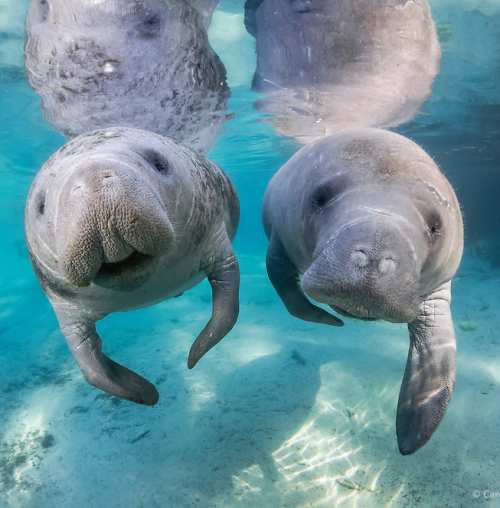Bailey-Matthews National Shell Museum expansion adds aquarium exhibits featuring the live animals that create the ocean’s stunning shells
SANIBEL, Fla. (February 6, 2020) – The Bailey-Matthews National Shell Museum will unveil a major expansion next month, adding living animal aquariums to its world-renowned shell collection here in the shelling capital of the world.
The new experience sharpens the focus on mollusks, the live animals that create the stunning shells prized by beachgoers and collectors alike, telling the remarkable story behind the museum’s displays of rare and record-breaking shells from around the world.
“Sanibel’s remarkable beaches are actually the second-best places to find stunning shells,” said Dorrie Hipschman, the museum’s executive director. “Visitors should stop by the museum, too, because once they see these exhibits, they’ll never again look at the beach the same way.”
The expansion consists of 11 aquarium exhibits ranging in size from 100 to 900 gallons, and their residents include gastropods, octopuses, nudibranchs, giant clams, and nautilus. Two 15-foot-long touch tanks let young visitors get their hands wet as they explore the world of mollusks, furthering the museum’s educational efforts that already reach thousands of schoolchildren each year.
Interactive interpretive exhibits will reveal fascinating hidden worlds behind these species. For instance, a giant Pacific octopus, typically 15 feet across, is a mollusk, too, related to scallops, oysters, snails and slugs – it’s just seen its shell disappear over millions of years of evolution.
The museum also emphasizes the environmental dangers today facing the shell-builders, which are threatened by rising sea temperatures, habitat loss and overharvesting. Although there are more mollusks in the ocean than any other animal, many are endangered, going extinct faster than new species can be named. And as key parts of the ocean’s food web, as mollusks decline, so will other marine species, such as whales and dolphins. The new expansion calls on visitors to learn how they can help.
“Conservation is hampered by a lack of awareness,” said Hipschman. “It’s hard to save animals when people don’t know they exist. We’re taking visitors who love shells and inspiring them to care deeply about the animals that make them, and that leads to the next step of wanting to protect them.”
Museum marine scientists conduct research about local shelled animals, documenting new species and researching and recording their lifespans, habitats, and diet requirements. This science is critical because most major aquariums in the world have few invertebrates and don’t contribute substantially to the knowledge of these critical species.
The expansion comes as the Bailey-Matthews National Shell Museum celebrates its 25th anniversary, having welcomed more than 1 million visitors to date. The nonprofit museum is an integral part of Sanibel Island, a curving Gulf of Mexico barrier island that’s home to more than 400 species of shells. Sanibel is known worldwide for its efforts to protect that natural resource, and today local, county and state laws prohibit the taking of live animals in their shells.
“Sanibel is simply a unique place, and there’s no other community in the world like this,” said Hipschman. “Its residents truly care about these animals and are invested in their health, and our expansion honors that commitment.”
For more information, visit the museum’s website at www.shellmuseum.org or call the museum at 239-395-2233. Daily beach walks are always available and can be reserved by calling the museum.
About the Bailey-Matthews National Shell Museum
The Bailey-Matthews National Shell Museum is the only museum in the United States devoted solely to shells and the living mollusks that create them. Opened in 1995, its mission is to connect people to the natural world through their love of shells. Extensive collections, programs, and expertise inspire learning, support scientific research, and tell the story of mollusks. A world-renowned malacologist, highly trained marine biologists, environmental educators, and passionate volunteers offer visitors from around the world a wealth of knowledge about the scientific, cultural, historical, and culinary importance of shells. The Museum is the leading authority on Sanibel and Captiva shells, with exhibits that include the rare Junonias, fig snails, pen shells and more. It also displays some of the largest shells in the world, including the goliath conch, lightning whelk, Atlantic trumpet triton and horse conch. The Bailey-Matthews National Shell Museum is a registered 501(c)(3) educational nonprofit, accredited by the American Alliance of Museums.
###
FOR IMMEDIATE RELEASE
Media Contact:
Bridget Randazzo
brandazzo@pcipr.com
312.558.1770

